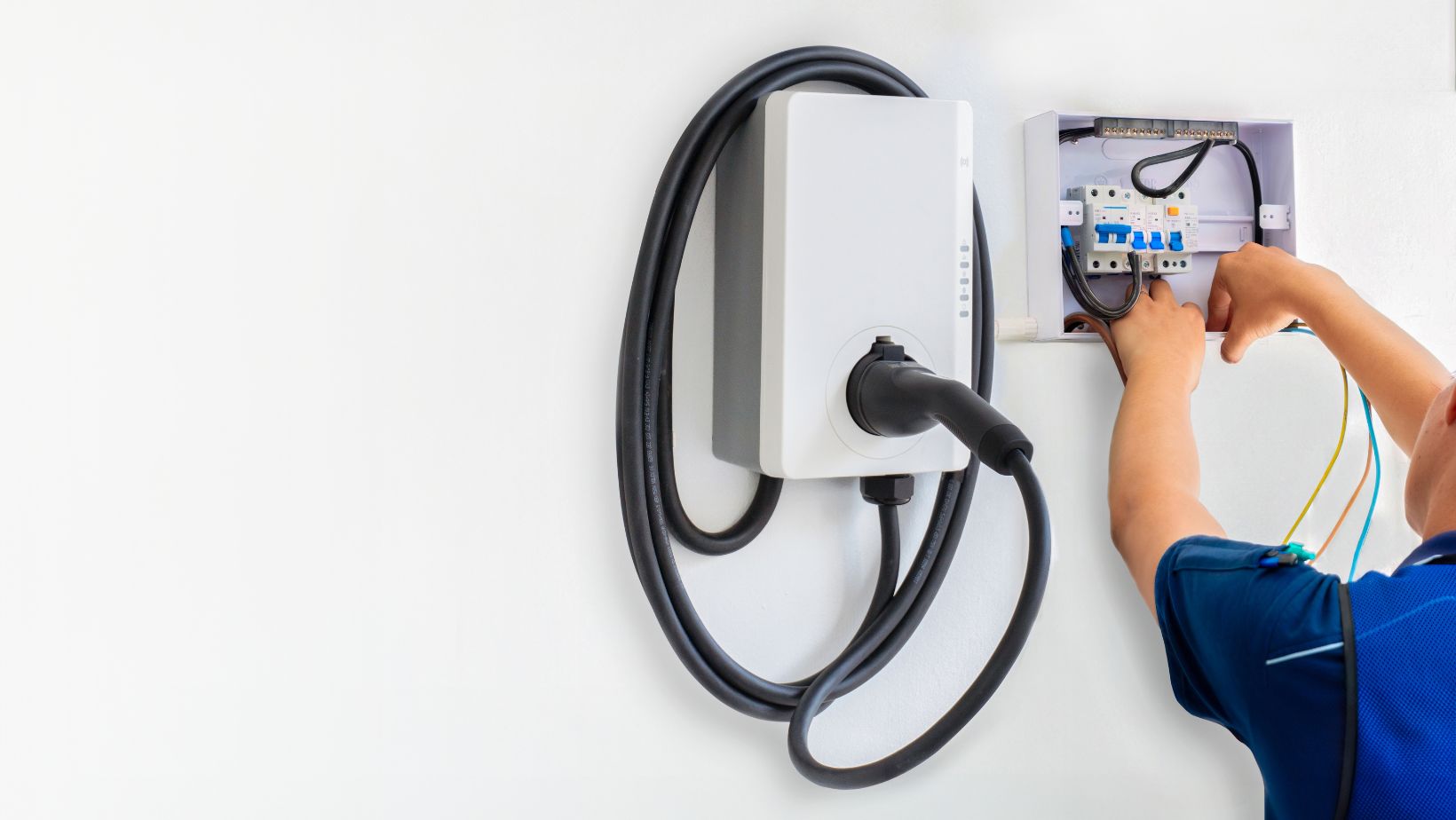Installing an electric vehicle (EV) charger at home can be a significant investment. As more homeowners consider switching to electric vehicles, understanding such an installation’s return on investment (ROI) becomes crucial. We will explore the various aspects of this investment, from the costs involved to the potential savings and benefits. By evaluating these factors, you can make a more informed decision about whether installing an EV charger at your home is a financially sound choice. This analysis will also help you understand the long-term advantages of adopting electric vehicle technology.
Initial Costs and Installation Expenses
The initial costs of installing an EV charger include the unit’s price and the expenses associated with its installation. Installation costs can vary depending on your home’s electrical system, the complexity of the installation, and your location. For instance, if your home’s electrical panel needs upgrading to handle the increased load, the installation costs could be higher. Additionally, some homeowners might need to make structural modifications or obtain permits, which can further increase expenses. Understanding these upfront costs is essential to gauge the overall investment required for installing an EV charger.
Potential Savings on Fuel and Maintenance
One of the primary benefits of owning an EV is the potential savings on fuel and maintenance. Electric vehicles typically have lower operating costs compared to traditional gasoline-powered cars. The cost of electricity is generally lower than gasoline, which translates into significant savings on fuel over time. Additionally, EVs have fewer moving parts and do not require oil changes, leading to lower maintenance costs. You can estimate the potential savings by analyzing your current fuel expenses and comparing them with the anticipated cost of charging your EV. Over several years, these savings can offset the initial costs of installing the EV charger and contribute to a positive ROI.
Government Incentives and Rebates
Government incentives and rebates can play a significant role in reducing the cost of installing an EV charger. Many states and local governments offer financial incentives to encourage electric vehicle adoption and charging infrastructure installation.

These incentives can include tax credits, rebates, or grants that can substantially lower the overall cost of the installation. It’s essential to research the specific incentives available in your area and ensure you meet the eligibility criteria to benefit from these programs. These financial incentives can improve the ROI of installing an EV charger and make the investment more attractive.
Increased Property Value
Sarkinen Electrical’s Vancouver EV charger installation service at your home can increase its market value. As electric vehicles become more popular, having a home with an EV charging station may appeal to future buyers who own or plan to own an electric vehicle. This added convenience is valuable and may make your property more competitive in the real estate market. To assess the impact on property value, consider the trends in your local housing market and whether other homes with EV chargers have sold at a premium. Evaluating this potential increase in property value can provide additional insight into the ROI of installing an EV charger.
While not financially measurable, installing an EV charger’s environmental and social benefits are worth considering. Electric vehicles contribute to reduced greenhouse gas emissions and lower air pollution, which can positively affect public health and the environment. By supporting the adoption of electric vehicles, you are contributing to a more sustainable future.

These benefits, while intangible, align with broader social goals and can enhance your satisfaction with the investment. Additionally, being an early adopter of green technology can position you as a leader in sustainability within your community.
Long-Term Financial Outlook
The long-term financial outlook of installing an EV charger involves considering the cumulative savings over the lifespan of your electric vehicle. As you use your EV over the years, the savings on fuel and maintenance can accumulate, potentially offsetting the initial investment in the charger. It’s also important to factor in the potential for rising fuel prices, which could further enhance the cost-effectiveness of electric vehicles. By projecting these long-term financial benefits and comparing them to the initial costs, you can better understand the overall ROI of installing an EV charger. A detailed cost-benefit analysis will provide a clearer picture of the financial advantages over time.
Evaluating the ROI of installing an EV charger at your home involves a comprehensive analysis of various factors. From the initial costs and installation expenses to potential savings on fuel and maintenance, government incentives, and increased property value, each aspect contributes to the overall investment. Additionally, the environmental and social benefits add intangible value to your decision. By considering these elements and projecting long-term financial benefits, you can decide whether installing an EV charger is a worthwhile investment for your home. This approach will help ensure that your decision aligns with your financial goals and your commitment to sustainability.
























